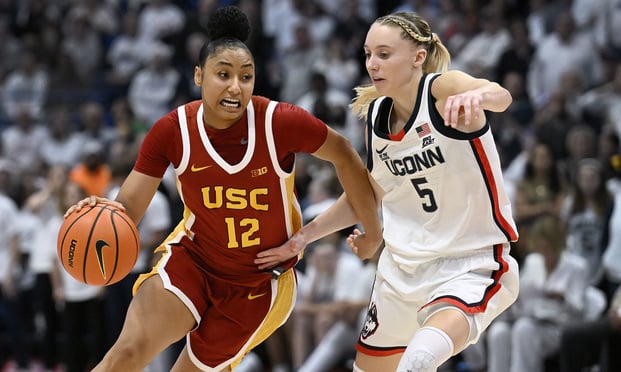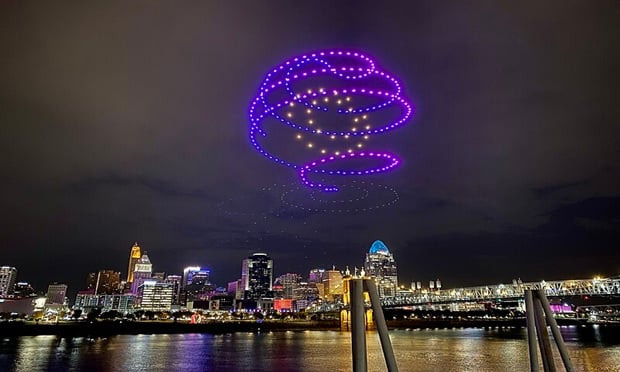Systems Vary By Price, Function, Form
Documentation support software products might save users time and money, but they vary widely in price, function and form.
One of those products, “Media View,” interfaces an insurance companys policy or claims administration system to several back-end document repositories, said Gerard Bush, senior account executive at CSC Financial Services in Austin, Texas. “Media View is a bridge between application and storage. It reduces the complexity between those two things,” he said.
CSC created “Media View” because all employees are not meant to have access to all functions, or to be able to view all documents, said Mr. Bush. In other words, a user will be able to see only what she is entitled to see through “Media View.” System requirements include an imaging system or a document storage system, and an HTML screen or calling system, Mr. Bush said.
“Media View” has no competition, he contends, “because its a bridge, an interface, not a document management system.” CSC partners with other firms, including IBM and DST, to deliver the imaging function, Mr. Bush noted.
One of the ways “Media View” provides value is in its ability to integrate with any application, Mr. Bush noted. Because companies typically have multiple archives, some migrate all of the content to a new imaging system in order to be able to present it all. “Thats costly and not always necessary,” Mr. Bush said. “Media View can read all the different back-end archives and federate all the results into one screen for you.”
Additional cost savings are in reduced mailings to agents, because everything can be found online, and improvement in customer service, he said. In addition, because a customer service representative neednt get out of an application to get into a document management service, the caller neednt wait as long for an answer and the representative can handle more calls. CSC did not provide pricing details.
One of CSCs partners for Media View is “DocuManage,” a product by Docucorp International of Dallas. John Bennison, vice president of product development at Docucorp, described “DocuManage” as a classic, three-tier document management system with a separate database and storage component, delivered through a client/server mode. In addition to its function as a document manager, it also keeps track of every change made to a document and which user made the change.
“DocuManage” handles all types of documents, including Word, Excel, video and audio files, Mr. Bennison said. The application runs on Windows NT, Windows 2000, Windows XP and Windows NT4. It also works with Unix and mainframe systems for storage and database.
“DocuManage” offers unique value through its automatic filing of production documents, Mr. Bennison asserted. He would not say how much the product costs.
A competitor of Docucorp is Mobius Management Systems Inc. of Rye, N.Y. Mobius sells integrated products for content management.
Meanwhile, SunGard Corbel of Jacksonville, Fla., offers “Relius Documents.” Joseph Leo, manager of marketing communications for SunGard, referred interested parties to the companys Web site for information on the product. According to the site, “Relius Document” systems “can create as many documents as needed–for any type of plan. These systems produce complete submission and supporting forms packages.”
Pricing varies from system to system, depending on the level of service required and whether the company is on a PC or Internet system, Mr. Leo said. It can range in the thousands, but license fees start in the hundreds, he stated.
ImageRIGHT in Atlanta, makers of “ImageRIGHT,” say their product was “designed from the ground up inside insurance companies,” according to Ken Elias, its marketing director. So, while there are many imaging systems available, “there really arent any competitors with the same design,” he contends.
ImageRIGHT allows companies to achieve paperless production of the whole claims and underwriting production insurance environment, Mr. Elias said. It allows a user to capture all incoming information whatever form it is in, including mail, faxes, e-mail, video, audio and telephone conversations.
“Any number of people have access to it immediately. Theres monitoring and tracking of all work in progress so you can see the status of anything in the company thats in production,” Mr. Elias said. “It allows you to streamline the process of underwriting or processing claims by eliminating paper.”
He said that ImageRIGHTs strength is that “the structure and basis and design of the system replicate the way that underwriting and claims work with a file-oriented approach.”
Having quick access to information available translates into a 30-to-50 percent increase in underwriting because it eliminates callbacks, according to Mr. Elias. “Everyone has access to files, so calls can be handled immediately. Concurrent tasks can be handled within a department,” he explained. “Before, a manager would review items and allocate them out to personnel. Now, that can all be scripted into the system, speeding the process so the manager doesnt have to do routine tasks they were doing before.”
One of ImageRIGHTs biggest strengths is that it can handle even large files, such as medical malpractice documents, “without tremendously burdening companies with up-front indexing,” according to Mr. Elias.
Cost savings come in part from more work getting done by fewer employees due to increased time efficiency and saved square footage where paper files were once stored. Savings also come from “reducing phone time by a third because with automated workflow, no ones getting out of their desk to get a file,” he said. “When you have everything you need at your fingertips, your productivity goes up 25-to-50 percent.”
Depending on the organization, its structure and the number of people accessing the system at one time, ImageRIGHT can cost from less than $50,000 to more than $1 million, he said. “Its scalable. We have companies that use only portions of the system, we have others that use every piece of the system,” he noted. “We price it so that your returns can be within 12-to-18 months.”
Another document management firm, Support Systems International, did not return a call for comment. The company offers “CompSupport,” which, according to company literature, indexes documents based on method of receipt and document type. It handles first reporting, reserves and payments, and features a diary and activity log.
Meanwhile, Moore North America in Libertyville, Ill., sells “Moore Insurance Solutions.” A request for comment was unanswered. According to company literature, Moore provides customized products that convert documents into messages “that help build lasting relationships. This includes billing statements, regulatory compliance, member directoriesevidence of coverage booklets, disease management programs, policies, agent communications, project management services and design consultation services.”
Marcella De Simone is a staff writer for NUs Life & Health/Financial Services Edition.
Reproduced from National Underwriter Property & Casualty/Risk & Benefits Management Edition, June 3, 2002. Copyright 2002 by The National Underwriter Company in the serial publication. All rights reserved.Copyright in this article as an independent work may be held by the author.
Want to continue reading?
Become a Free PropertyCasualty360 Digital Reader
Your access to unlimited PropertyCasualty360 content isn’t changing.
Once you are an ALM digital member, you’ll receive:
- Breaking insurance news and analysis, on-site and via our newsletters and custom alerts
- Weekly Insurance Speak podcast featuring exclusive interviews with industry leaders
- Educational webcasts, white papers, and ebooks from industry thought leaders
- Critical converage of the employee benefits and financial advisory markets on our other ALM sites, BenefitsPRO and ThinkAdvisor
Already have an account? Sign In Now
© 2024 ALM Global, LLC, All Rights Reserved. Request academic re-use from www.copyright.com. All other uses, submit a request to [email protected]. For more information visit Asset & Logo Licensing.








